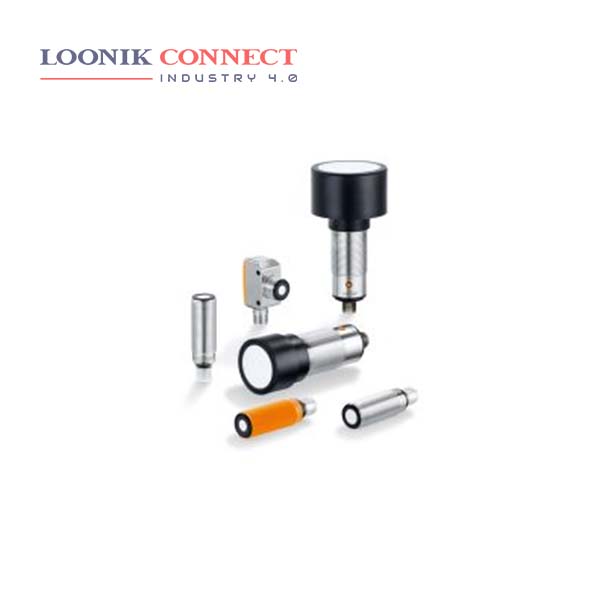Non-contact detection independent of colour, transparency or surface characteristics of the object Very large detection range Intuitive setting of the detection range via pushbutton or IO-Link With programmable switching output and scalable analogue output Clearly visible LED for indicating switching status and echo Ultrasonic sensors are used for reliable position detection and precise continuous distance measurement of solids, powders and liquids. They transmit and receive sound waves in the ultrasonic range.
An ultrasonic sensor is an instrument that measures the distance to an object using ultrasonic sound waves. An ultrasonic sensor uses a transducer to send and receive ultrasonic pulses that relay back information about an object’s proximity. Ultrasonic sensors transmit acoustic waves of a frequency between 25 and 50 kHz, always above the human hearing range. Ultrasonic sensors can measure the distance to a wide range of objects regardless of shape, color or surface texture. They are also able to measure an approaching or receding object.
Long range detection: In industrial sensing, more and more applications require detection over distance. Ultrasonic sensors detect over long ranges up to forty feet, while limit switches and inductive sensors do not. For ultrasonic sensing, the most widely used range is 40 to 70 kHz. The frequency determines range and resolution; the lower frequencies produce the greatest sensing range. At 58 kHz, a commonly used frequency, the measurement resolution is one centimeter (cm), and range is up to 11 meters.










